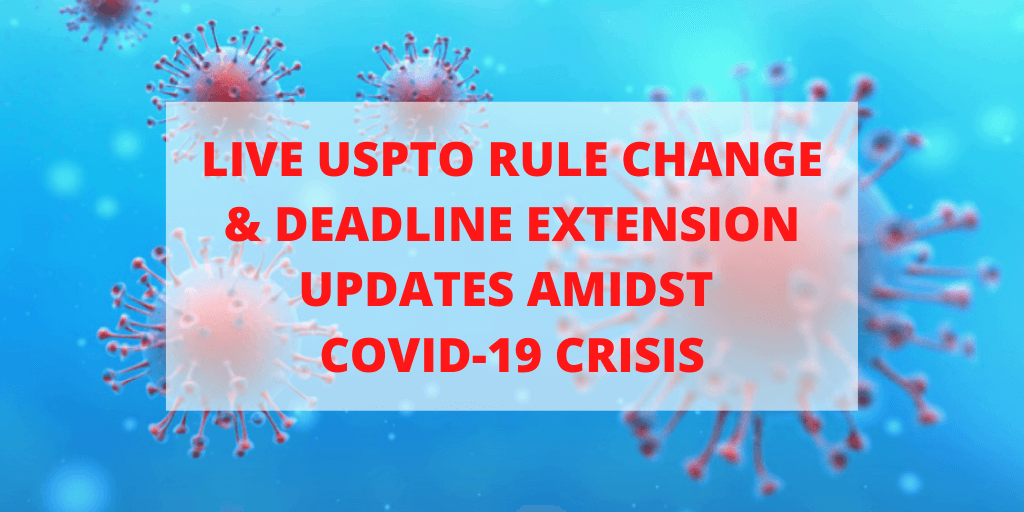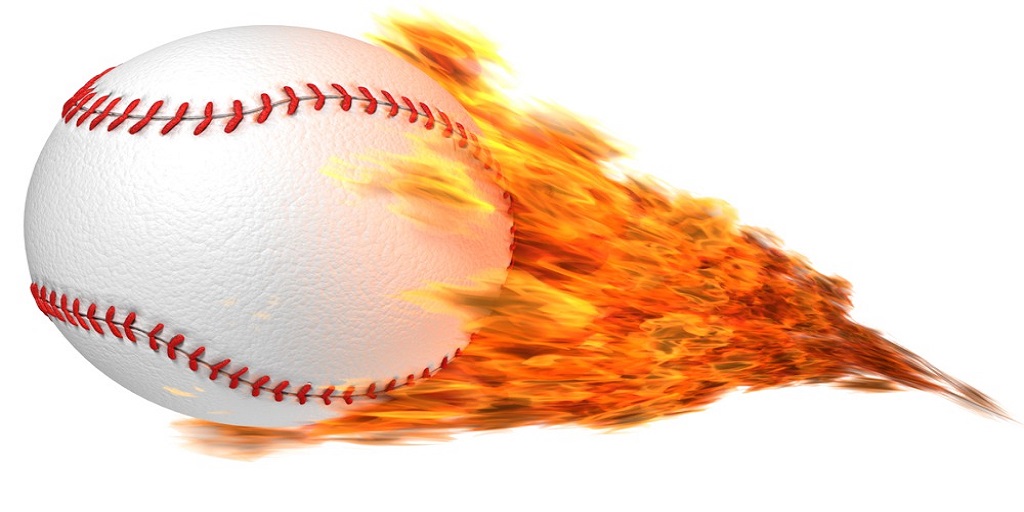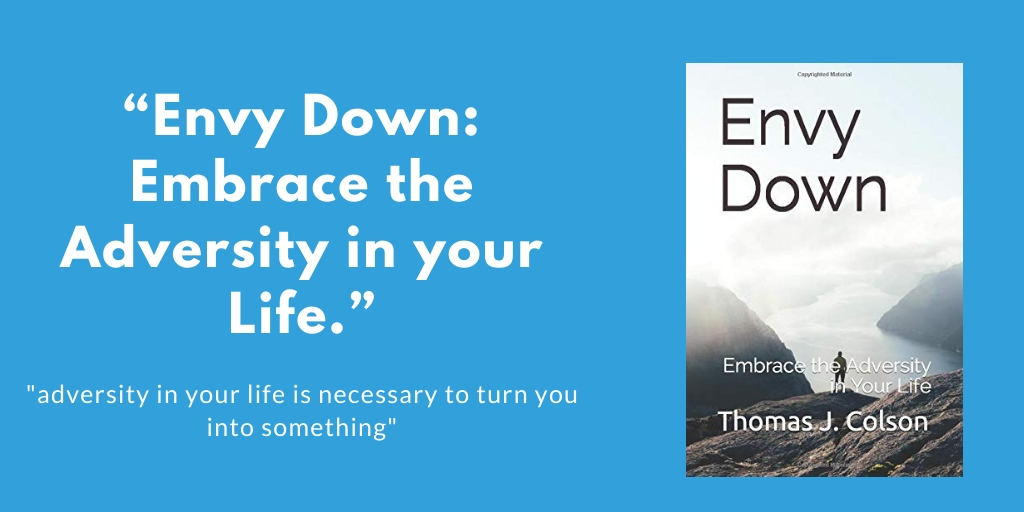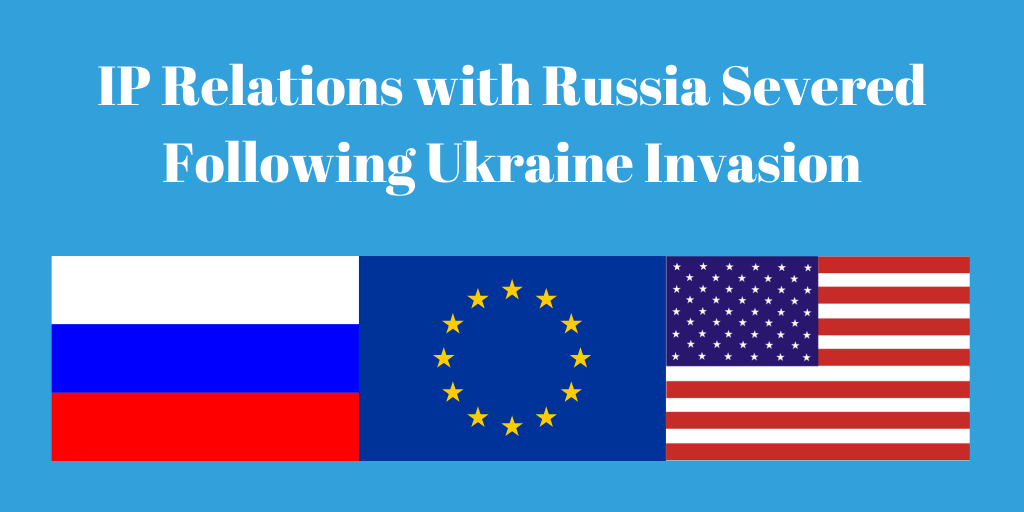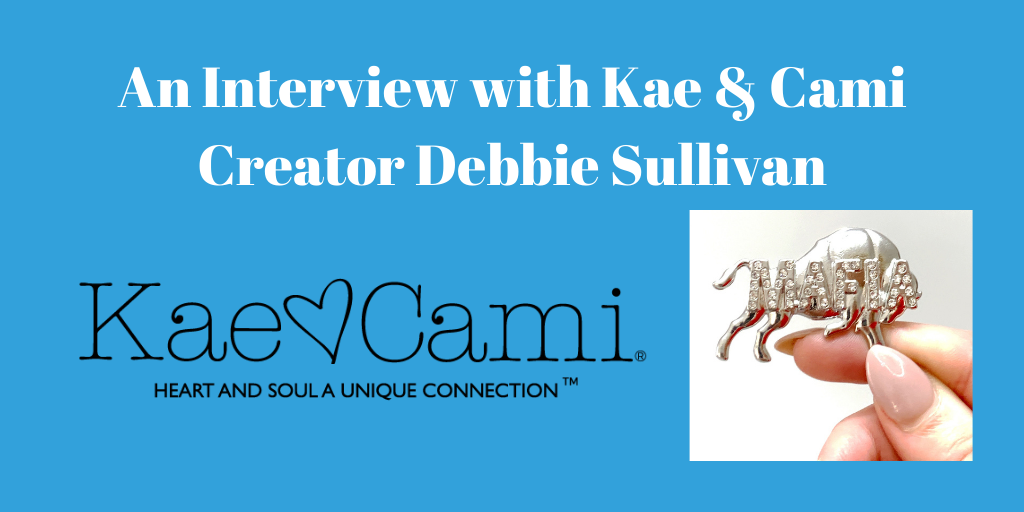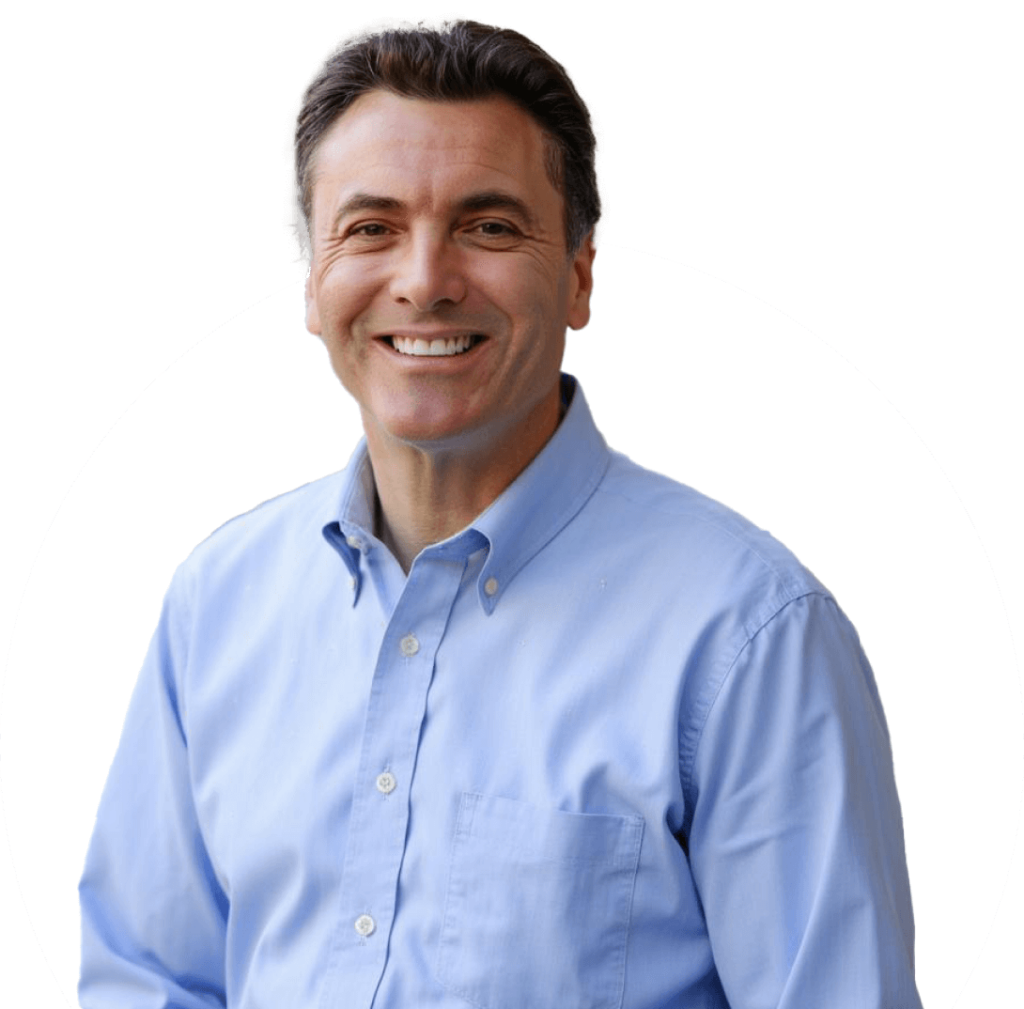Almost immediately after the Supreme Court handed down the Bilski decision Robert W. Bahr, Acting Associate Commissioner for Patent Examination Policy sent a memorandum to the patent examining corps which gave guidance as to how the USTPO examiners should interpret the case.
Bahr told examiners to examine patent applications for compliance with section 101 using the machine-or-transformation test as a tool for determining whether the claimed invention is a process under section 101.
If a claimed method meets the machine-or-transformation test, the method is likely patent-eligible under section 101 unless there is a clear indication that the method is directed to an abstract idea.
Bahr summarized what the Supreme court decided in the short memo:
The Supreme Court confirms section 101 specifies four independent categories of inventions and discoveries that are eligible for protection: process, machines, manufacturers, and compositions of matter.
The Supreme Court confirms that laws of nature, physical phenomenon and abstract ideas are not patentable subject matter.
The Supreme Court decided claims of Bilski not patent-eligible because under section 101 because they are an attempt to patent abstract ideas.
The Supreme Court indicated machine for transformation test is only a threshold inquiry and is not the sole test for patent eligibility of processes under 35 USC 101.
Significantly, the Supreme Court also indicated that a business method is at least in some circumstances eligible for patent under section 101.
Bahr concluded by saying an examiner should continue to examine patent applications for compliance with section 101 using “existing guidance” concerning the machine-or-transformation test.
I tried to figure out what the existing guidelines are for the USPTO regarding the examination of a process claim. I found another memorandum dated January 7, 2009, by John J. Love, Deputy Commissioner for Patent Examination Policy, addressed to the Technology Center Directors and the Patent Examining Corps which explained that the Bilski machine-or-transformation test for a method claim is whether or not the claimed method is:
- Tied to a particular machine or apparatus; or
- Transforms a particular article to a different state or thing.
The “guidelines” go on to say that there are two corollaries to the machine-or-transformation test :
- First, a mere field of use limitation is generally insufficient to render otherwise eligible method claim patentable. This means the machine or transformation test must impose and meaningful limits on the method claim scope to pass the test; and
- Second, insignificant extra-solution activity will not transform an unpatentable principle into a credible process. This means for citing a specific machine work or a transformation of a specific article is an insignificant step, such a data gathering or outputting, is not sufficient to pass the test.
Other related posts:
Senator Leahy Uses Bilski to Push Patent Reform

